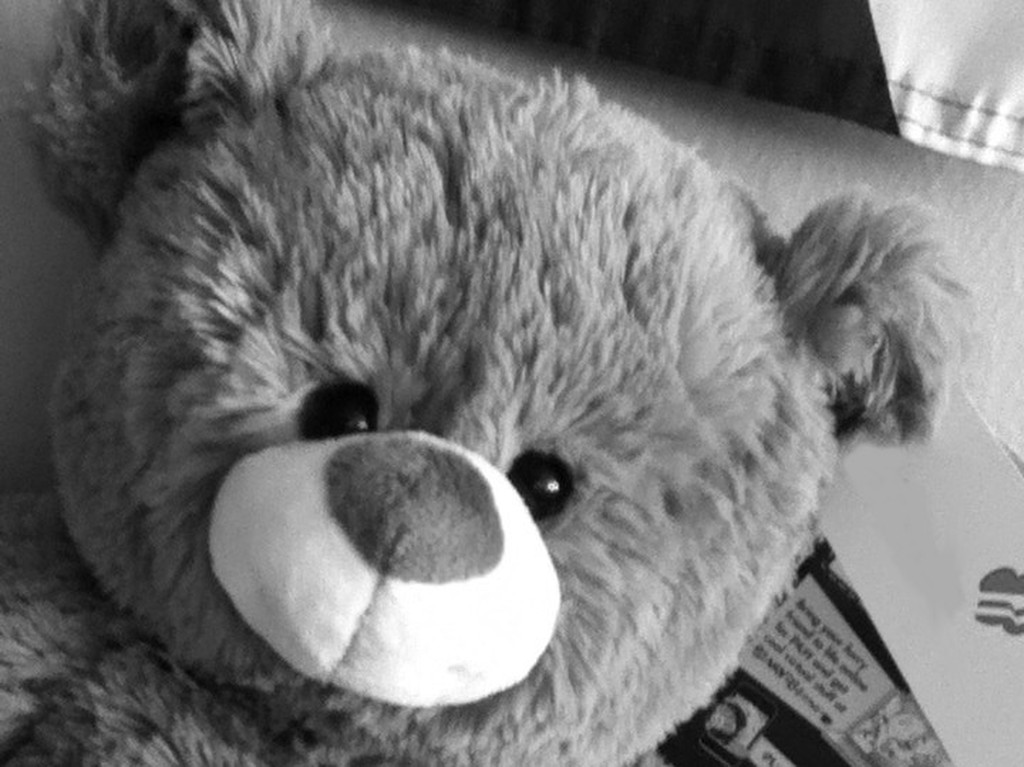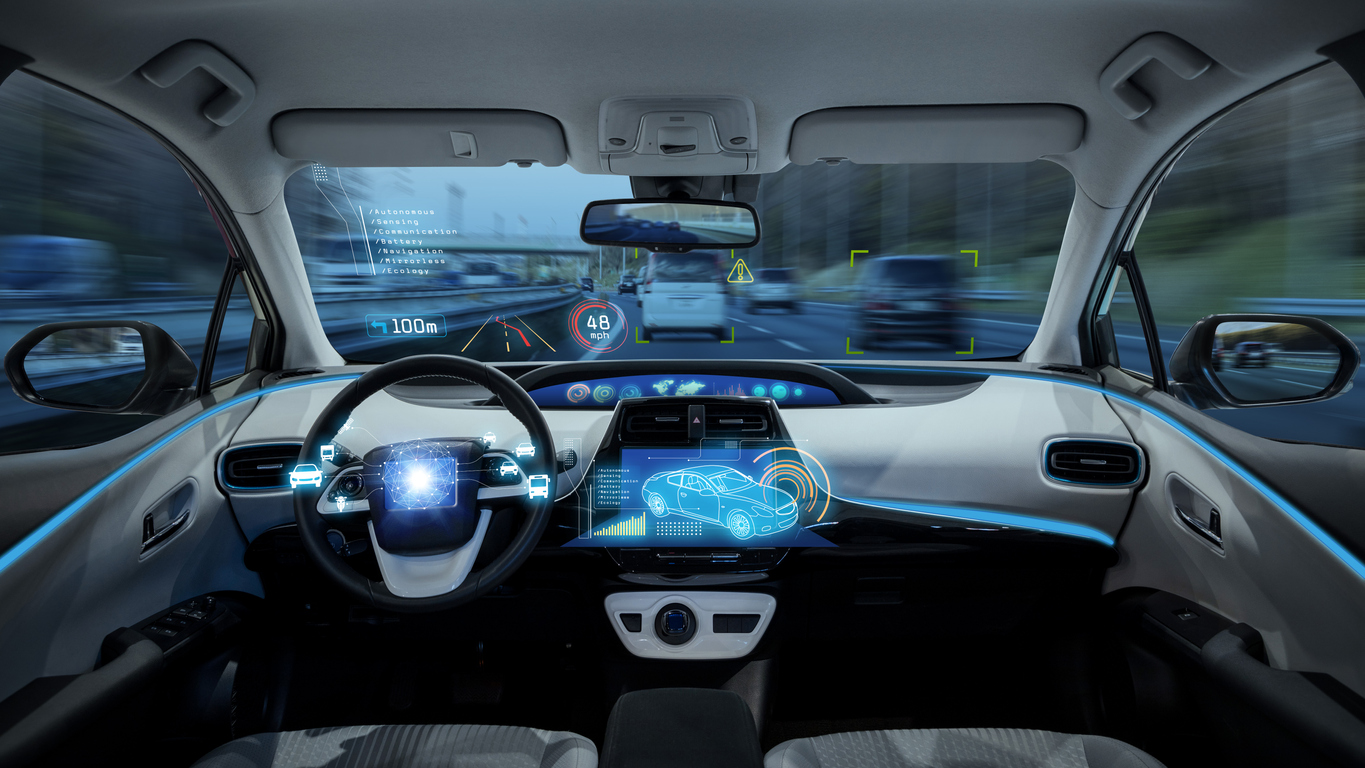Assistant professor in informatics, information architect, designer, piano player, author.
Products are Services
Products today are services. Not really news: I wrote about this ongoing transformation together with Luca Rosati in 2009, and Don Norman, who sure has much more clout than us when it comes to user experience, wrote a similar piece for Interaction in the same year by the title “Systems Thinking – A Product is More than the Product”. And honestly, we weren’t really saying anything new at the time either. But the trend is keeping up, steadily, and it’s worth a little attention: products are services, and those which are not are turning fast.

Even those who might seem at first to be reasonably immune to this epidemics, think your favorite cereals, are really not. They are pieces of a complex machinery, an ecology of products where every single element is a gear of a larger system.
A few months ago, Ferrero, the Italian brand that produces Nutella, went through a social media hailstorm when they suddenly decided they wanted a long-time self-declared Nutella fan, Sara Rosso, to stop organizing World Nutella Day, a fans of Nutella conference she had been hosting since 2007. As soon as the news hit the Internet, outrage got rampant. In a matter of days the online backlash became was so fierce that Ferrero retreated quickly and generously changed their minds, allowing Ms Rosso to continue spreading (literally) her passion for years to come.
This is of course much more evident where products lend themselves more easily to such a systemic change. The entertainment industry is a case in point: music, movies, comics, tv, videogames. If you are thinking this is nothing that should interest anyone with a business perspective, nothing that really matters much in the grand scheme of things, you’re missing the point. Services is where the money is going to be. You also have probably not paid the necessary attention to said entertainment industry, of late. Like, say, GTA V, a videogame by multinational company Rockstar Games, making $800 million in 24 hours.
Now, you might not be interested in game consoles anyway. You might also have decided that music really died with Janis Joplin. If that is the case, I have no idea why you are reading this. But if you have at least come to terms with the Spotifies, Pandoras, or iTunes of the world, and the idea of music as a service, I’m pretty sure you haven’t really considered what is that you are buying, where exactly is your money going today. I’m not referring to the whole you-are-really-only-licensing affair. That will have to wait for another post: but if I’m buying access to songs one at a time for say 9,99SEK, what I’m really buying is the service that allows me to get that song through the store through the application to my devices. Smartphones, tablets, mp3 players.
Value does not reside within the song itself (after all, I could probably get it for free somewhere else), but in the service I receive, and that includes quite a lot of moving parts that have nothing to do with the company I’m dealing with. For example, recommendations from other users, or, in the case of Nutella, Ms Rosso. Things do not change if I move from Apple to Amazon and its Kindle, or to Spotify’s slightly different business model.
In the past 10-15 years focus has been shifting constantly from products to services, from single artifacts to the system they configure, from interfaces to interactions to experiences. Everything that can be connected will be: everything that will be connected will be part of an experience residing largely out of the corporate control we normally assume a company has over its offerings. If there’s any take away from the World Nutella Day debacle, is that services turn products into some common property of sorts that can be easily remixed, remediated, and manipulated in ways the original producer most surely didn’t think of. That’s an opportunity, not a risk.
I have a short story to share. When my daughter was little, she was crazy for plushes. Animal plushes. We had a gazillion of them. We have friends in Copenhagen, and on one of our visits they took us to Tivoli. Right by the entrance there’s a Build-a-bear store, which was a total novelty for her at the time. We have that kind of friends. Now, in case you don’t know that, Build-a-bear is a special type of plush store. Many stores sell plushes, but Build-a-bear sells the whole package: with the help of staff members, kids get center stage and become active parts of the experience, building up their own plush from scratch.
They choose their animal, get a staff member to help out plumping it up with a machine that would not be out of place in a Fellini movie, and go through a brief series of questions such as what’s its name and is she a good runner or a good reader. Before sewing the plush up, every kid gets a cloth heart, makes a wish for their new friend, blows on it, and the animal is ready to come alive.
Only, the people at Build-a-bear are evil. Or, hum, let’s say interested in knowing more about you, anyway: there’s a barcode that goes in with the heart. Bingo. But that barcode has a plus side also: it makes that particular plush unique. As you register its birthdate before leaving, hidden machinery starts to move. When home, if you visit Bearville, the chain’s website for little adventurers, your kid can login with that barcode and savor the life-changing experience of being invited to play by their own animal (IT’S HER! was all my daughter was capable of shouting, top of her lungs), who’s alive, talking, and eager to go on adventures.
When you are 6 or 7, that’s as close to magic as you are ever going to get.
Detta är en bloggtext. Det är skribenten som står för åsikterna som förs fram i texten, inte Jönköping University.





